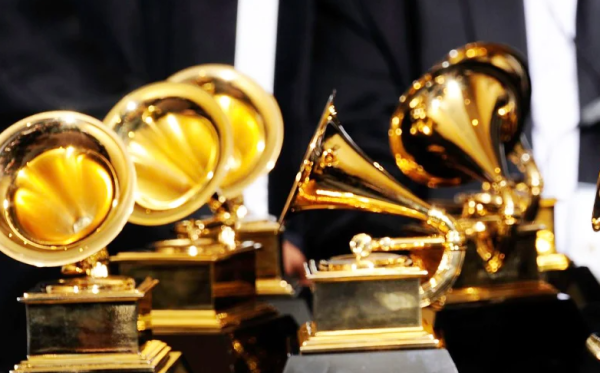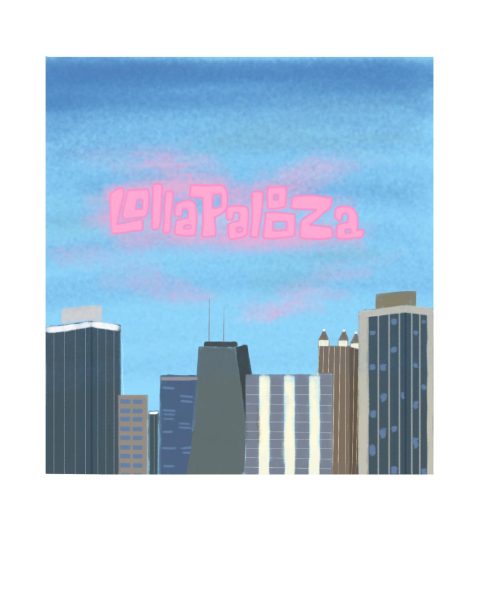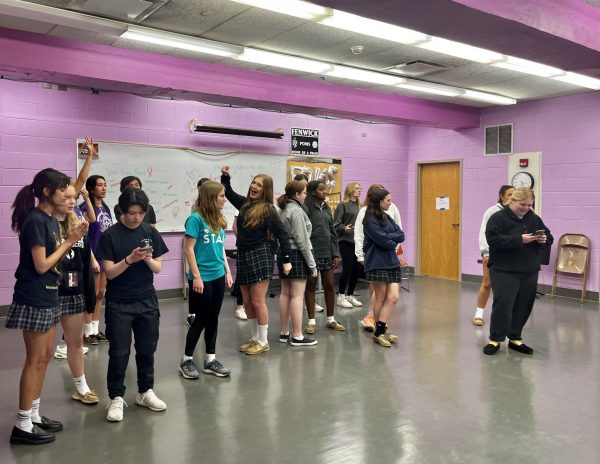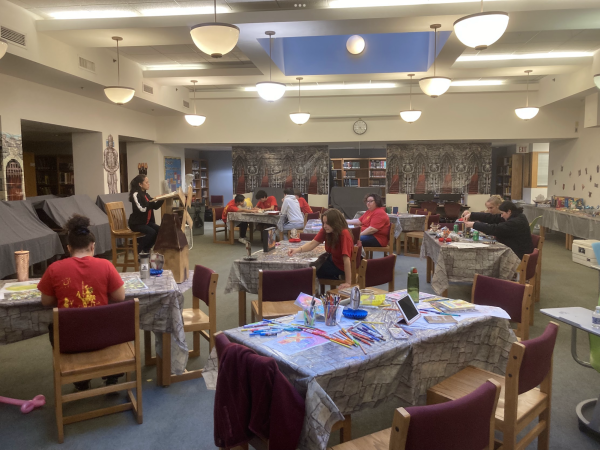“Us United” – A Review of Zack Snyder’s Justice League
One hashtag. Four simple words. An entire industry changed forever. On November 17, 2017, the theatrical cut of the DC superhero flick Justice League was released to theaters and became a box office flop and a critical failure. Soon after, a simple hashtag emerged that went on to garner millions of tweets (even from JL’s main cast)–#ReleaseTheSnyderCut–and it changed the film industry as we know it.
In 2017, Justice League, the follow-up to 2016’s Batman v Superman: Dawn of Justice and 2013’s Man of Steel, was released. Zack Snyder, an American filmmaker who directed the aforementioned films, was credited as its director. However, that is not entirely true. Snyder directed a version of Justice League, but following the death of his daughter, he left the project. Soon after, Warner Bros. hired Joss Whedon, director of the first two Avengers films, to rewrite and reshoot 75 percent of the movie (via Vanity Fair). Fans knew this wasn’t Snyder’s original vision and called for his director’s cut to be released. After nearly three years of petitions, tweets, and over $500,000 raised for suicide prevention, Zack Snyder’s Justice League (ZSJL) was greenlit, and the studio allowed the definitive version of Justice League to become a reality.
The plot of ZSJL is, at its core, not much different from its 2017 counterpart. Both films pick up right after BvS, with Batman (played by Ben Affleck) and Wonder Woman (Gal Gadot) recruiting The Flash (Ezra Miller), Aquaman (Jason Momoa), and Cyborg (Ray Fisher) in order to create a team to fend off the oncoming attack from the supervillain alien Steppenwolf (Ciarán Hinds), who recognizes Earth as vulnerable following Superman’s (Henry Cavill) death.
However, that is the extent of the similarities. ZSJL has its own darker, more serious, and grounded tone. It scrapped much of the theatrical cut’s cheesy humor and replaced it with legitimate storytelling and robust character development. “It’s a nice palate cleanser after the awful 2017 cut of Justice League,” senior Jake Mejino said. The film is also much longer (four hours and two minutes) and boasts a new aspect ratio (allowing one to see more of the image on screen). With these changes, ZSJL masterfully grounds its five heroes in its expansive story, giving each hero and even the villains opportunities to have arcs that breathe and develop into something extremely impactful.
As ZSJL progresses, it never feels boring. The story is so expansive and intricately woven that, for a four-hour movie, it goes by surprisingly fast. Additionally, its action sequences, boosted by its incredible score from Junkie XL, make the film very entertaining. Even though there is an excessive amount of slow-motion, the fight scenes are still choreographed and shot well.
Zack Snyder’s Justice League excels in nearly every aspect through its superb characterization, emotional story, amazing score, fantastic action, and impressive cinematography. It’s a completely different film in many ways than 2017’s Justice League, and it is a remarkable feat. It is not only a historic superhero movie but also a historic film. It represents the importance of preserving the integrity of a filmmaker’s vision, and it represents what happens when, as Batman puts it in ZSJL, you work united as one for an important cause.






